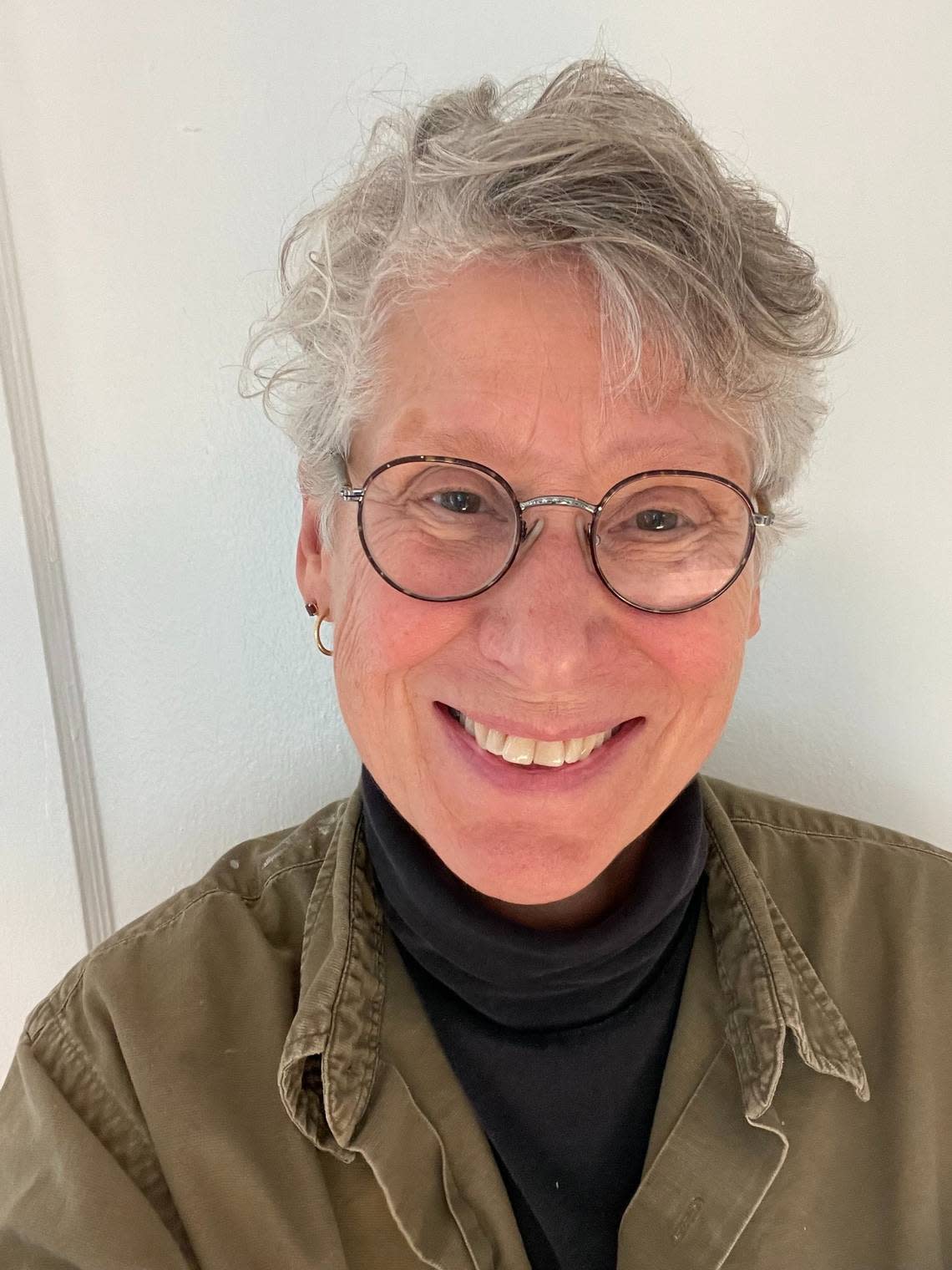Has the Fair Housing Act worked in Thurston County? Here’s what the data show | Opinion

It’s been over 50 years since the Fair Housing Act was passed, intended to end racial segregation and allow people to choose their homes free of discrimination. Since passage in 1968, this federal law has echoed across the nation as communities large and small passed local fair housing laws, many of which expanded to include other people who’ve been historically excluded from their neighborhoods of choice.
This was the beginning of a sincere effort to fulfill the promise of “liberty and justice for all” in the neighborhoods we call home. Did it work?
This question is answered locally by Thurston County’s “Fair Housing Assessment, 2023-2027,” which provides a detailed look at how far we’ve come. The good news is that Thurston County has “low levels of segregation.” The bad news is that historically discriminatory laws and housing industry practices have contributed to our county remaining predominantly white. And more recent systems of housing discrimination try to keep it that way.
One historic cause explained in the report is the use of “racially restrictive covenants” with a map of neighborhoods where nearly 2,000 deeds excluded BIPOC people (Black, Indigenous and people of color) from buying or renting homes. This discriminatory practice was amplified by the less formal means of real estate agents “steering” BIPOC people toward areas such as Lacey and Tanglewilde and away from Olympia and Tumwater.
“Even though some of these things happened long ago, you can see the lasting effects on our neighborhoods and the demographics of our region today,” said the report’s author, Christa Lenssen of the city of Olympia. Notably, Lacey remains the most racially diverse community at 35% BIPOC residents, compared to 25% in Olympia and 24% in Tumwater.
Some of the more recent means of discrimination aren’t as commonly understood. This report and the prior 2017 Fair Housing Assessment both identify housing affordability as a barrier.
“We found that fair housing is affordable housing,” said Krosbie Carter, the 2017 report’s author, “because higher housing costs are a sure-fire way to keep out lower-income people, who are disproportionately people of color.”
Both reports also focused on single-family zoning, often called “exclusionary zoning,” as a barrier to fair housing. Under the banner of “protecting neighborhood character,” single-family zoning proponents have steadily fought every effort to allow more density in neighborhoods.
The two factors of zoning and demographics are clearly linked to segregation. Since 2017, the federal Department of Housing and Urban Development (HUD) has produced maps that show clear patterns of segregation that align with single-family neighborhoods in cities across the nation.
Another measure of our progress on fair housing is the number of complaints filed in our county. Since 2017, 45 fair housing complaints have been filed with HUD and the State Human Rights Commission. However, not everyone who could file a complaint does. The report shows that 38% of 613 people surveyed said they or someone they know had experienced housing discrimination, but only 12% of those people had filed complaints. Nearly all those incidents — 97%— involved rental housing. Most of the complaints cited source of income (69%), followed by disability (46%) and then race (39%).
One of the last common measures of fair housing progress comes from the Home Mortgage Disclosure Act data for Thurston County, which shows that between 2018 and 2021, white applicants were more than twice as likely as Black applicants to get conventional mortgages.
If this is still a problem, who’s to blame? It’s easy to point at landlords, Realtors or mortgage lenders. But HUD’s maps suggest most fair housing barriers follow the borders of single-family zoning — that points to those of us who defend “neighborhood character” in local zoning debates.
These commonly held beliefs about who belongs in our neighborhoods are at the heart of the uproar over Jason Aldean’s recent song, “Don’t try that in a small town,” widely seen as an anthem to vigilante-enforced segregation.
Until we can sort out what “liberty and justice” in housing choice means in the small places we call home, the Fair Housing Act is still a work in progress.
Anna Schlecht is retired from the City of Olympia where she worked on housing and homeless issues for several decades. This column is part of her year-long exploration of housing issues in our region.

